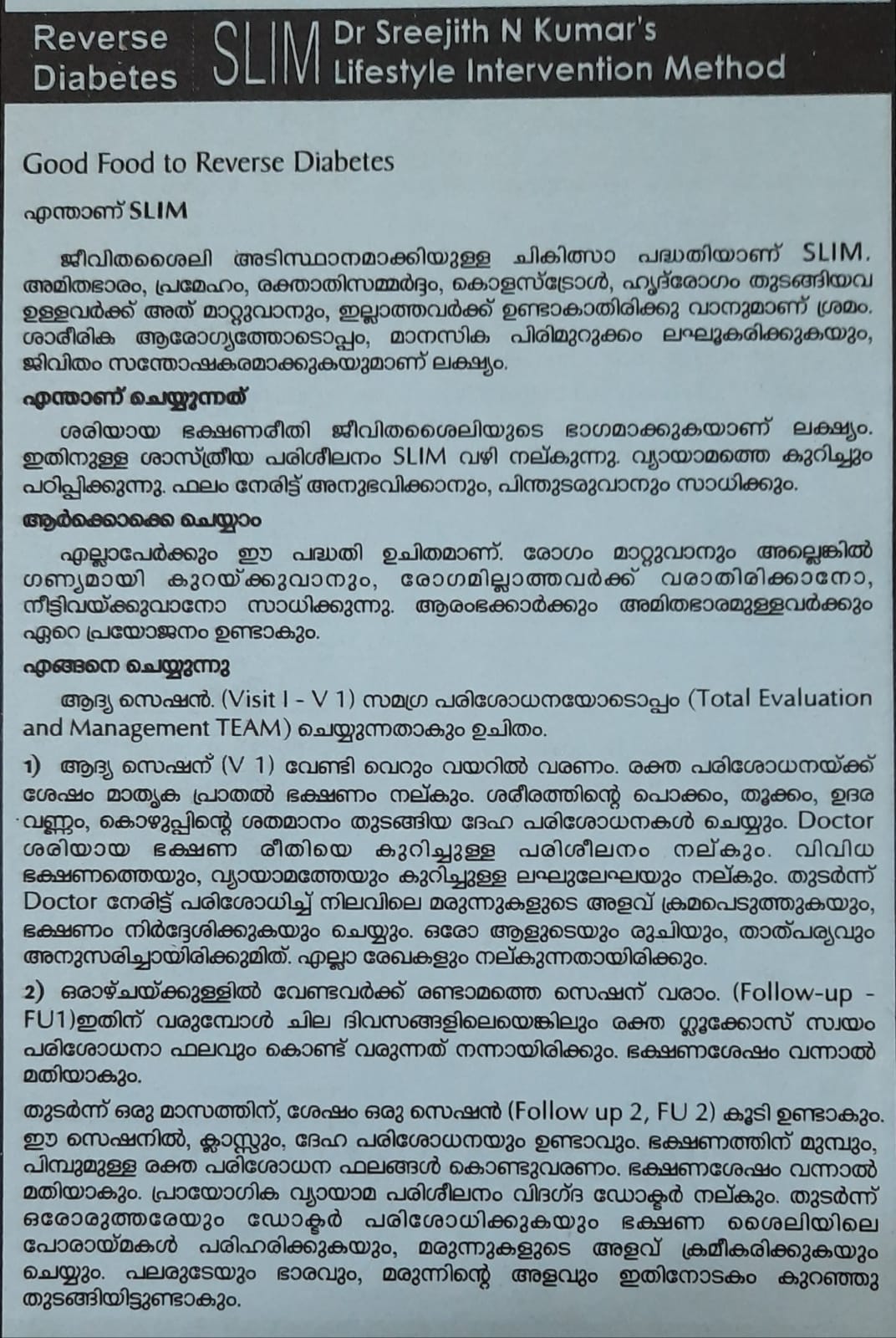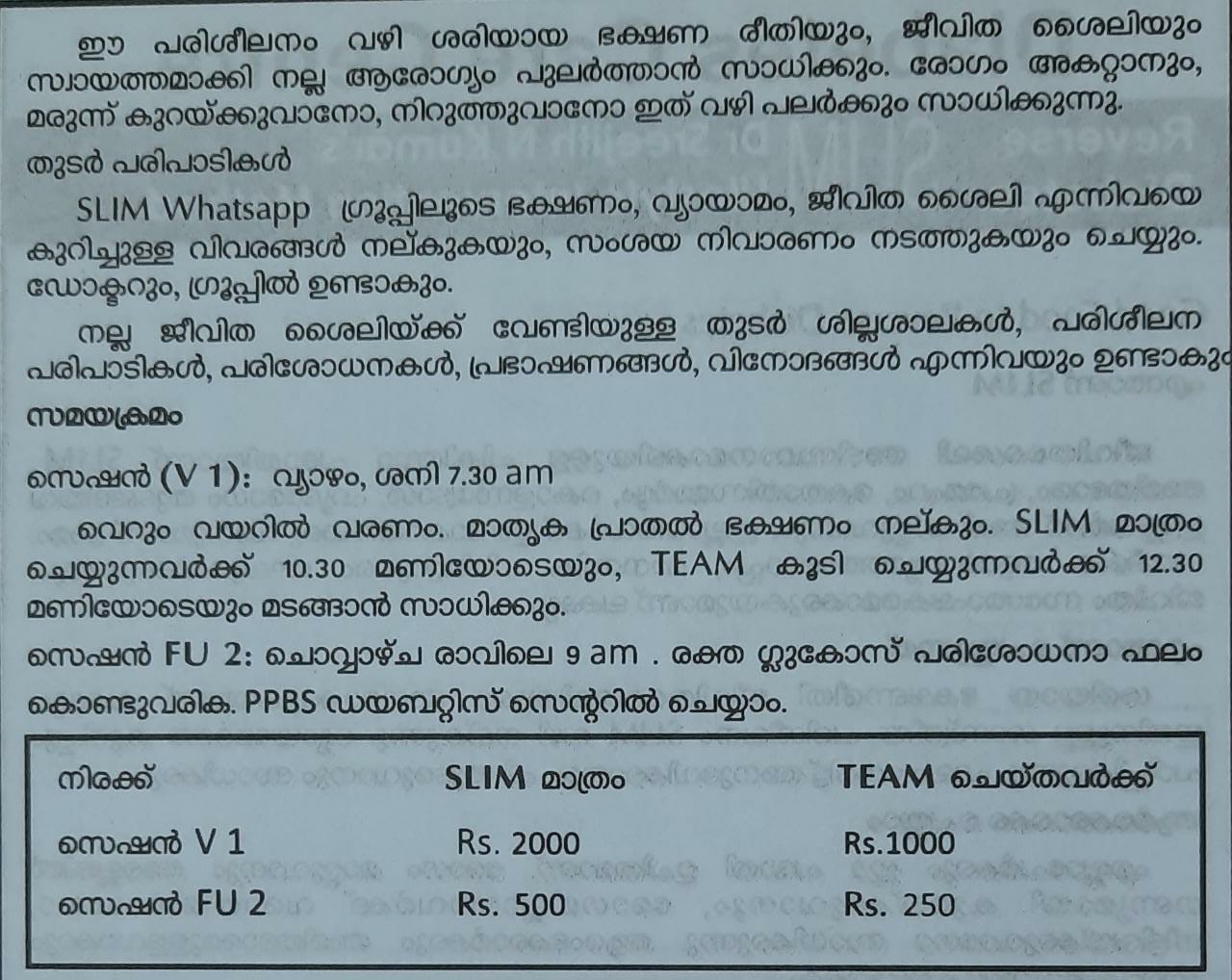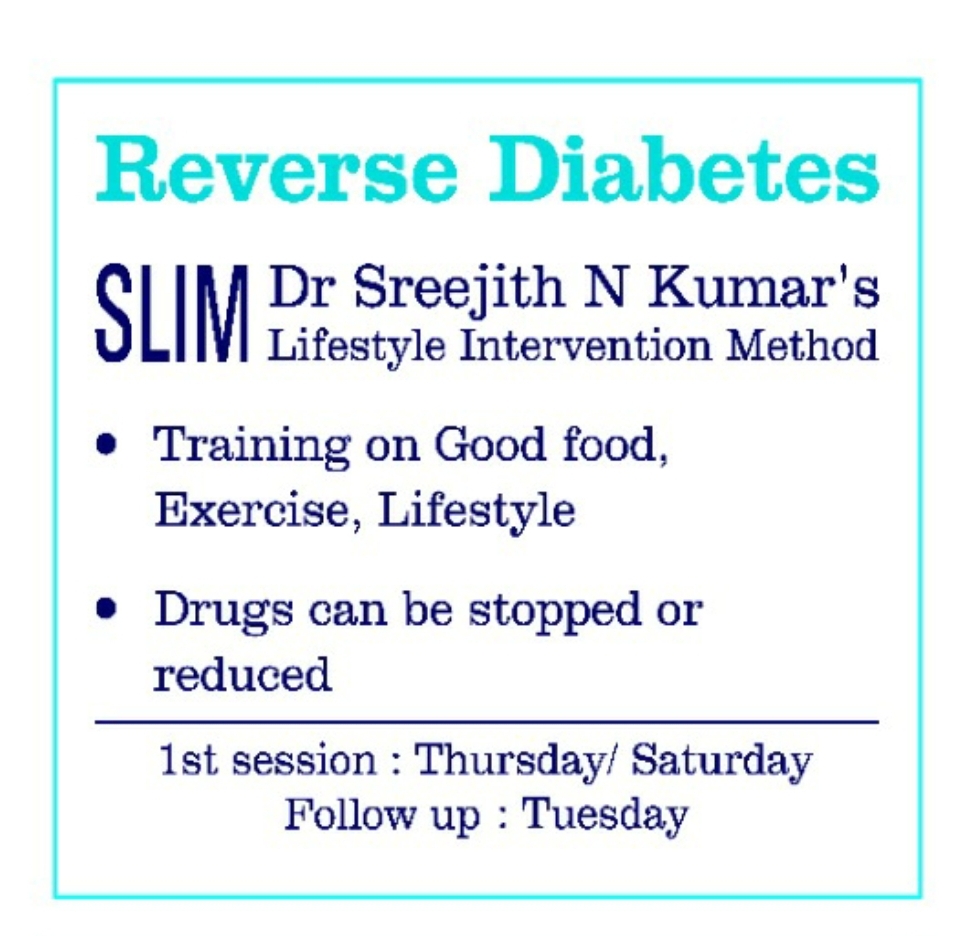


Diagnosis of diabetes
- HbA1C > 6.5%
Or
fasting blood glucose > 126 mg/dL Or 2-h post meal blood glucose > 200 mg/dL
fasting is defined as no caloric intake for at least 8 h - Or
In a patient with classic symptoms of diabetes
increased thirst, urination, unexplained weight loss - a random blood glucose > 200 mg/dL results should be confirmed by repeat testing
Prediabetes
- Fasting blood glucose 100 mg/dL to 125 mg/dL Or
- 2-h Post meal blood glucose 140 mg/dL to 199 mg/dL
- HbA1C 5.7–6.4%
Target blood sugar
- A1C < 7.0%
- Before meal 80–130 mg/dL
- After meal< 180 mg/dL
After meal measurements should be made 1–2 h after the beginning of the meal, generally peak levels.
Prevention/ Delay of Type 2 Diabetes
- intensive diet and physical activity targeting loss of 7% of body weight
- moderate-intensity physical activity
such as brisk walking to at least 150 min/week. - At least annual monitoring for the development of diabetes in those with prediabetes is suggested.
- Screening for and treatment of modifiable risk factors for cardiovascular disease is suggested.
Physical activity
- Children with diabetes or prediabetes - at least 60 min of physical activity each day.
- Adults with diabetes - at least 150 min/ week of moderate-intensity aerobic
- physical activity
50–70% of maximum heart rate, spread over at least 3 days/week with no more than 2 consecutive days without exercise. - Reduce sedentary time, particularly by breaking up extended amounts of
time >90 min spent sitting.
Targets in Diabetes
Blood glucose
- before food 70 - 130mg/dl
- after food <180 mg/dl
Blood pressure (BP) <140/80 mm Hg
- Cholesterol
Total <200 mg/dl
LDL < 100
Triglycerides< 150
HDL > 40-50mg/dl
- Waist
<90cm (male)
<80cm (females)
What to eat…and when
If you have diabetes, it is important to eat every 4 to 6 hours to keep your blood sugar levels stable. Try to have three daily meals at regular times and have healthy snacks when you are hungry. A balanced meal has foods from at least 3 of the 4 food groups:
- Vegetables and Fruit
- Grain Products
- Milk and Alternatives
- Meat and Alternatives
You can work with a Registered Dietitian to make a personal meal plan. An example of a healthy meal plan may look like this:
Breakfast:
- 2 small whole wheat dosas
- ¼ cup of savoury chutney (try dhal chutney, coriander mint chutney or onion tomato chutney instead of coconut chutney)
- 1 cup of sambhar
- ½ cup of papaya
- Tea, coffee or water (without sugar/honey)
Snack:
- 1 small orange
- ¾ cup of diluted buttermilk
Lunch:
- ½ cup of mung dal (pacha payiru)
- ½ cup of rasam ½ cup rasam
- 1 cup of cauliflower or broccoli
- ½ cup of rice (try brown rice)
- 1 orange
- ¾ cup of low-fat yogurt
Snack:
- 2 tsp of peanut butter on 1 whole wheat roti
- ½ cup of berries
Dinner:
- ¾ cup of vegetable pilau
- ½ cup of masoor dal (paasi paruppu)
- 1 cup of poriyal with minimal oil (use non-starchy vegetables such as green beans, plantain stem/flower, cabbage, snake gourd, okra, eggplant or bitter gourd)
- 1 small whole wheat roti/chappati
Snack:
- ¾ cup of low-fat yogurt
- 1 apple
Choosing healthy fats
In addition to the four food groups, it is also important to include healthy fats in your diet. People with diabetes are at higher risk for heart disease so choosing better fats is important. Healthy fats are found in:
- oils (olive, canola, sunflower)
- nuts
- seeds
- avocado
- oily fish such as salmon.
Try to limit saturated fats such as ghee, butter, cream, lard, shortening or coconut oil. You can also lower saturated fat by choosing lean meat, skinless poultry and low-fat milk products. Choose lower fat cooking methods such as baking, broiling, barbequing or roasting.
Limit foods that are high in fat such as:
- Sweets such as ladoo, jalebi, adhirasam, gulab jamoon and so on
- Coconut
- Pakoras
- Samosas
- Bhaji
- Medu vada
- Chips: banana, plantain, potato, jackfruit or tapioca
- Murukku
- Pappadums
Choosing carbohydrates
Carbohydrate is a word for foods that have starch, sugar and fibre. The type and amount of carbohydrate you eat and when you eat it is important. Having too much carbohydrate in a meal can cause your blood sugar to go too high. Your personal meal plan will have the right levels of carbohydrate for you.
If you have diabetes, choose more high-fibre foods. A type of fibre called soluble fibre may help control blood sugar levels. Try these high-fibre foods:
- Vegetables: snake gourd, plantain, cauliflower, spinach, corn, sweet potato, green beans, broccoli, mustard greens, carrots
- Fruits: plantain, apple, banana, berries, mango, papaya, pineapple, guava, melon, pomegranate
- Grains: Use whole grain wheat, besan, brown rice, millet or sorghum to make roti, dosa, adai, appam, puttu, uppuma and venpongal
- Legumes: Lentils, dried beans and peas
- Nuts and seeds: almonds, cashews, pistachios
Limit foods such as:
- Jam, sugar, jaggery and honey
- Ice cream
- Chocolate
- Candy
- Baked goods
- Payasam
- Halwa, ladoo, jilebi, and other sweets


